An egg, though small and simple, is a very versatile food and can be added to any meal of the day. Whether you are having eggs for breakfast or adding it to your lunch for salad, you can’t go wrong with eggs. There are many different way you can cook your egg. Packed with tons of proteins and friendly on the pocket, eggs are indispensable in the kitchen. Not only are they healthy and good for you, but they are also your go to food while on a diet.
Eggs can provide you with the needed energy and protein without piling up on the calories and fats. It can’t get better than that.
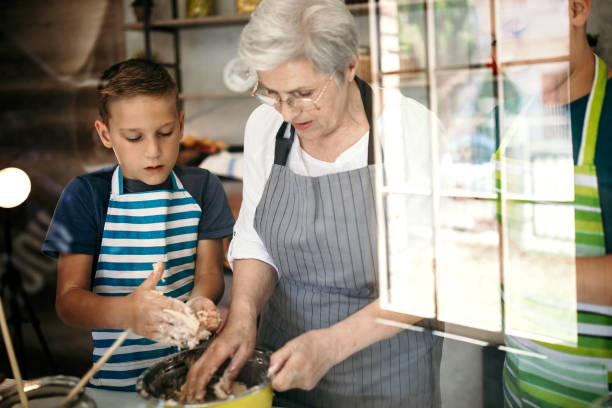
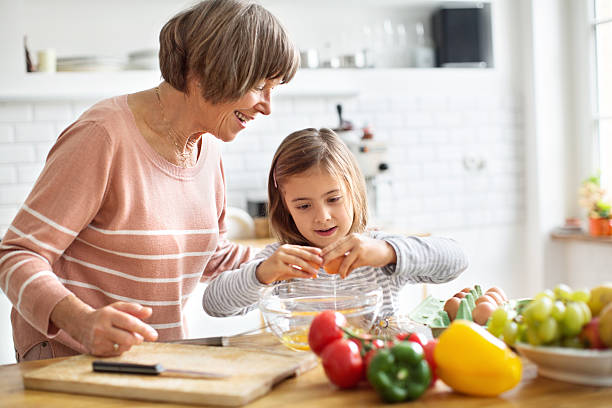
Read our popular article - What are the 10 categories of fruits?
With the different terminologies surrounding the way eggs are cooked, it is no wonder that we tend to get confused when trying to order eggs from a restaurant. From sunny side up to basted eggs, and the difference between over easy and over medium, even the most experienced egg lover can get intimidated when choosing between various types of cooked eggs.
Here on this blog, we will be going over the different kinds of ways in which eggs are cooked and what they are called.
Cheat sheet on the different ways to cook eggs
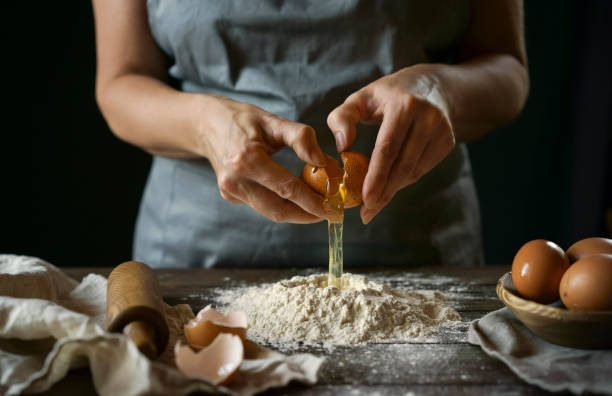
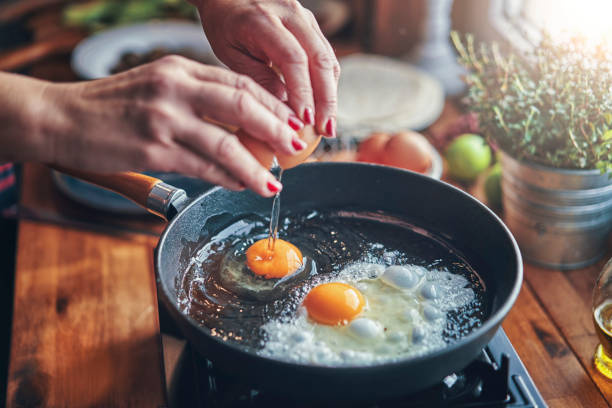
1. Hard Boiled Egg
A hard-boiled egg, as the name suggests, has a solid consistency of both the egg white and the yolk after it is cooked. It is very simple to prepare as it is cooked in its shell in boiling water.
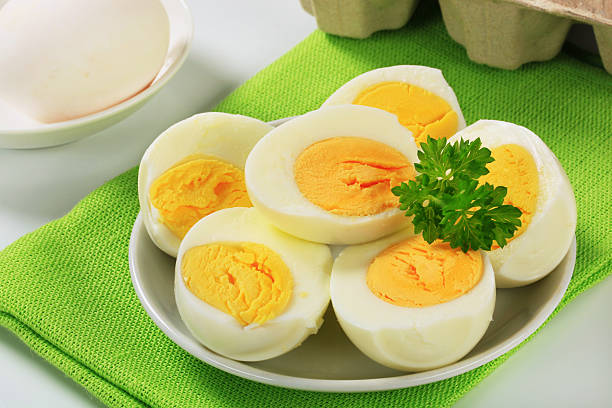
The method of preparing a hard-boiled egg is outlined below.
Fill a pot with enough water to cover the eggs and have additional two inches of water. Bring the water to a boil and then place the eggs into the boiling water. Leave the eggs in the boiling water for about 10-12 minutes. Once done, remove them from the boiling water and put them into ice cold water.
Placing them in cold water after they are boiled will ease the peeling process. Once the boiled eggs have cooled in the cold water, tap them gently and roll them on a counter. Then you will be able to easily peel off the shell.
A hard-boiled egg can be eaten on its own with toast or it can be chopped up and added to salads and other dry dishes.
2. Soft Boiled Egg
Similar to a hard-boiled egg, the only difference is that egg white is cooked through, but the yolk is still runny. This kind of egg is achieved by reducing the boiling time of the egg roughly in half. A very popular variety of the soft-boiled egg is the ‘six-minute egg’. True to its name, this egg is boiled for exactly six minutes.
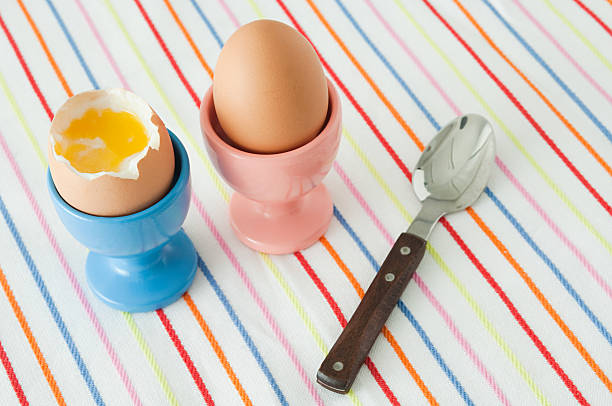
Bring the water to a boil and then place the eggs into the boiling water. Set an egg-timer for six minutes or you may time it yourself. Once the six minutes are done, remove the eggs from the water and transfer to cold water. The soft-boiled eggs are ready.
Soft-boiled eggs can be eaten directly from the shell. Daintily tap the top of the egg with a spoon and scoop out the inside of the egg. It is delicious on toast sprinkled with a dash of salt and pepper. Some people also like to incorporate them into thick black bean soup.
3. Poached Eggs
Poaching is similar to boiling the egg but without the shell. The egg doesn’t come into contact with the pan while poaching, avoiding any hard edges. When the egg is poached the white is cooked through, but the yolk is still warm and runny.
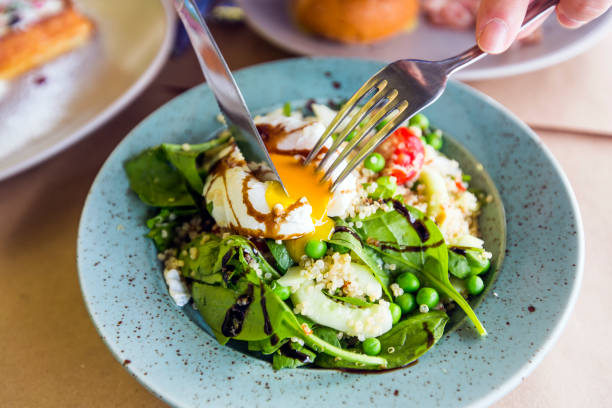
There are many ways in which you can poach an egg, but the simplest ones are described here.
4. The Whirlpool
Heat water in a pan. Add a dash of vinegar to the water. (Don’t add too much vinegar as you don’t want the eggs to become too sour). Crack the egg into a small bowl and keep ready. Swirl the water in the saucepan to create a whirlpool. Then you can drop the egg into the water from the bowl. The swirling helps to pull all the egg whites together in the center.
Leave the egg in the water for around 5 minutes. Once the whites are cooked through, remove the egg with slotted spoon and drain it on a paper towel.
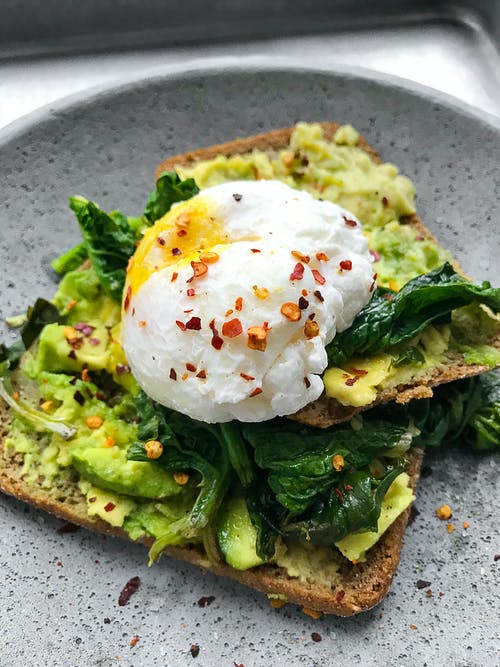
5. The Strainer
Heat water and add vinegar. Crack the egg into a mesh strainer and let the white watery part drip out. This is done to prevent any danglers from forming. Then decant the egg from the strainer and into the water and cook the egg till ready. This is about five minutes. Once done, you can retrieve the egg from the boiling water with the help of a slotted spoon.
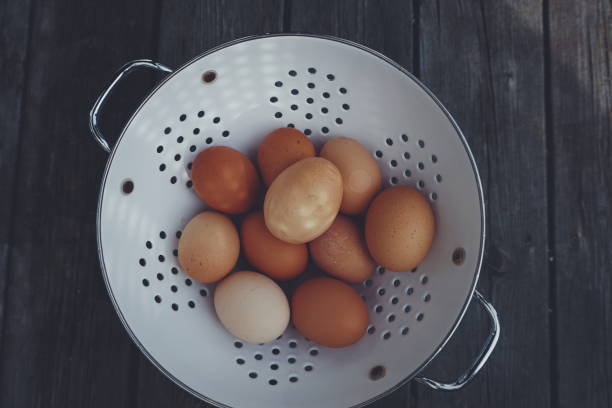
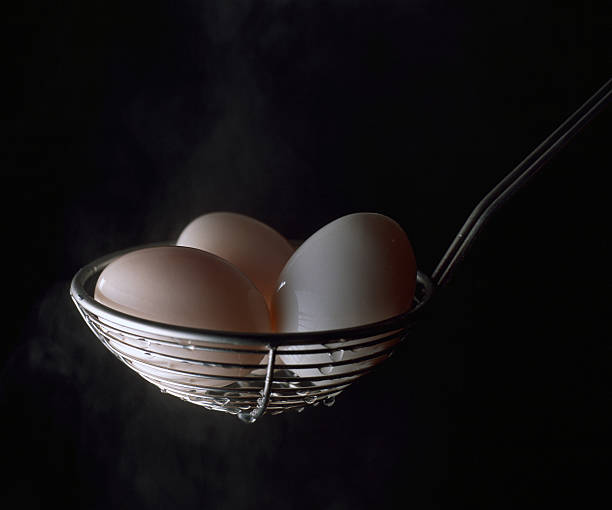
6. Scrambled Eggs
An all-time favorite of many, scrambled eggs are quick and easy to make. Scrambled eggs technically refer to the whites and yolk broken and mixed together. They can even be made by accident- they are so easy. All you have to do is beat the eggs in a bowl and add some milk or cream and a pinch of salt and pepper as per your preference.
Put butter or oil in a non-stick pan over high heat. Once the butter starts to melt, pour in the eggs and turn the heat to low. Stir the egg in the butter with a spoon or spatula as you cook the egg.
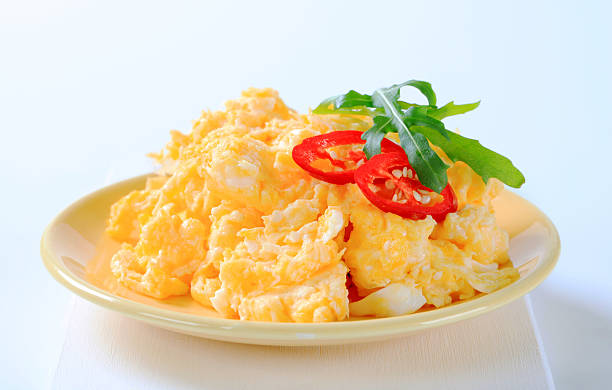
They come in three distinct varieties and each will be described underneath individually.
a. Hard Scrambled:
Hard scrambled is the default scrambled eggs available at most restaurants. In this kind, the eggs are cooked all through. Though they are good, they tend to be a bit on the drier side.
b. Soft Scrambled:
Also referred to as wet, the texture of this scrambled egg is better than the hard scrambled ones. They pair nicely with other ingredients. The cooking time is the main difference between the soft and hard scrambled eggs.
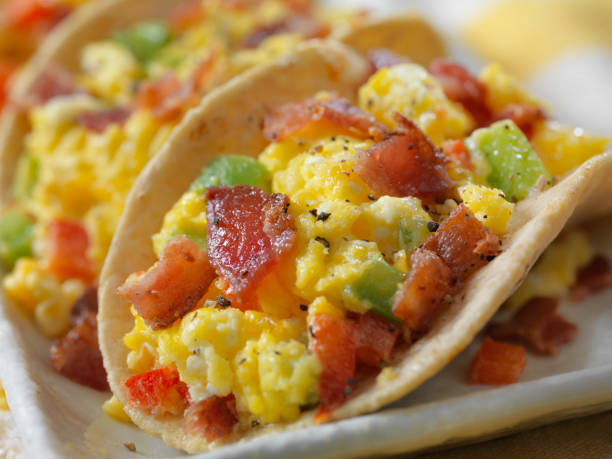
When you pour the eggs in the frying pan, you have to make sure that you repeatedly turn and fold the egg while cooking. Ensure that the eggs do not spread out as they will become thinner on the sides, which will lead to over cooking.
The best way to cook them is to fold them until they are not runny, but still look wet. Keep a plate ready so that you can transfer them immediately from the pan. They taste best coupled with buttered toast and a sprinkling of salt and pepper.
c. Perfectly Scrambled Eggs:
The most popular choice, perfectly scrambled eggs can be made by dropping eggs directly over a medium heat pan with a bit of butter. Mix the yolk, butter and white and keep stirring for a few minutes till the eggs start to come together. Just before taking them off the heat, add in a bit of milk or cream. Stir it in and then serve on top of toast. Sprinkle salt, pepper and herbs.
Viola! The creamiest and softest egg is ready to be enjoyed.
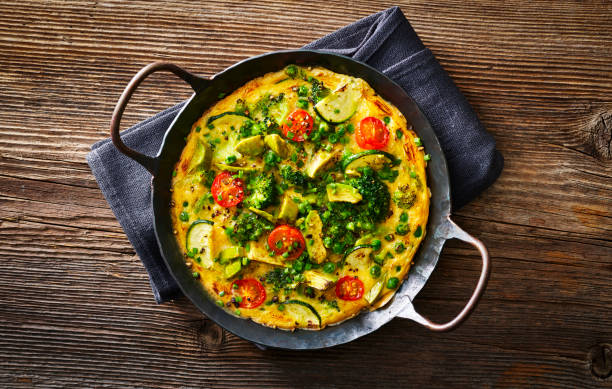
7. Omelets and Frittatas:
An extension of the scrambled egg, omelets and frittatas can make for a great meal. Omelet and Frittatas are similar to scrambled eggs, but they are cooked a bit differently. The scrambled eggs are cooked until they stabilize in the pan and then topped with other ingredients such as cheese, meats and vegetables.
These are very versatile as you can top them up with anything you like, and each version will be more distinct and delicious than the other. A frittata is open-faced while the omelet is folded over in half over the extra toppings.
8. Sunny Side Up
Think of the bright morning sun! Sunny side up makes the yolk look like a sun. To make a sunny side up, you crack an egg directly into a greased frying pan. Fry the egg till the edges turn brown. The distinctive feature of the Sunny Side Up is that you DO NOT flip the egg.
The yolk tends to be runny, depending on how long you cook it.
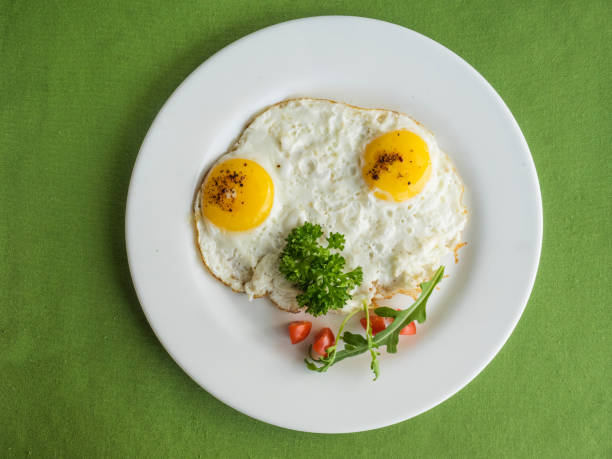
It’s great to have this egg by dipping toast into the runny yolk.
- In the Sunny Side Up, if you flip the egg, you can get an over easy, over hard or over medium egg. Once you flip the egg when the edges are brown, if you cook it long enough that a film forms on top of the yolk then it is called an Over Easy egg.
- If you cook it longer till the yolk and white are completely cooked and the yolk is broken, then this kind of egg is the Over Hard kind.
- If you fry the egg and flip it till the white and yolk are cooked through and a thick film is formed on top of the yolk, then it is Over Medium. The inside of the yolk is still runny in this kind of an egg, but it will have a thick film on top of it. This kind of egg is great for dipping the toast, if you don’t want the egg to be too runny.
9. Baked or Shirred
The perfect version for all the health-conscious people, this egg is cracked and baked in a dish. Shirred is the flat-bottomed dish in which the eggs are cooked. Hence, the name baked or Shirred. This kind of egg is combined with other ingredients such as tomatoes, cheese and herbs.
The eggs usually blend into the other ingredients that it is combined with and the egg whites are cooked through, while the yolk are runny.
10. Basted
It is distinctly different from poached, though the two can be used interchangeably in many restaurants. Basted refers to the process of using liquid or steam to cook the egg white without actually flipping it.
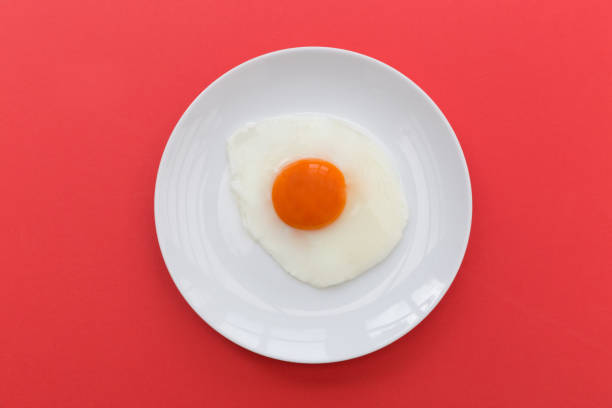
You can baste the eggs in the following ways.
- You can fry the egg and then pour extra butter on top of the egg to cook it without flipping the egg or turning it over. The extra butter sprinkled on top of the egg will cook the top part of the egg.
- You can also put a dash of water into the pan and then cover the pan with a lid. This allows steam to get trapped into the frying pan and the steam can cook the egg. The trick is to do this process fast, so that the whole egg gets cooked before the edges start to brown.
- Another kind of basted egg is the Spanish fried egg. The eggs are fried in very high temperature in olive oil. The idea is to keep scooping oil over the white and yellow of the egg for about a minute. This results in an egg that has crispy edges, creamy whites and a runny yolk which is very popular among the Spanish people. Different kinds of olive oil can be used in the cooking process to give different flavors to this Spanish fried egg.
The basted egg looks and feels a lot like poached egg, but the process of cooking it is different.

Conclusion :
Once you have gone through this blog, you will realize that there are many different ways in which you can cook your eggs. You do not have to make the same egg every day. The different textures, flavors and tastes that can be achieved by experimenting with different cooking method can make eggs a staple in your kitchen.
They can enhance any dish or can be used on its own to make amazing, delicious and tantalizing meal for you and your family.
